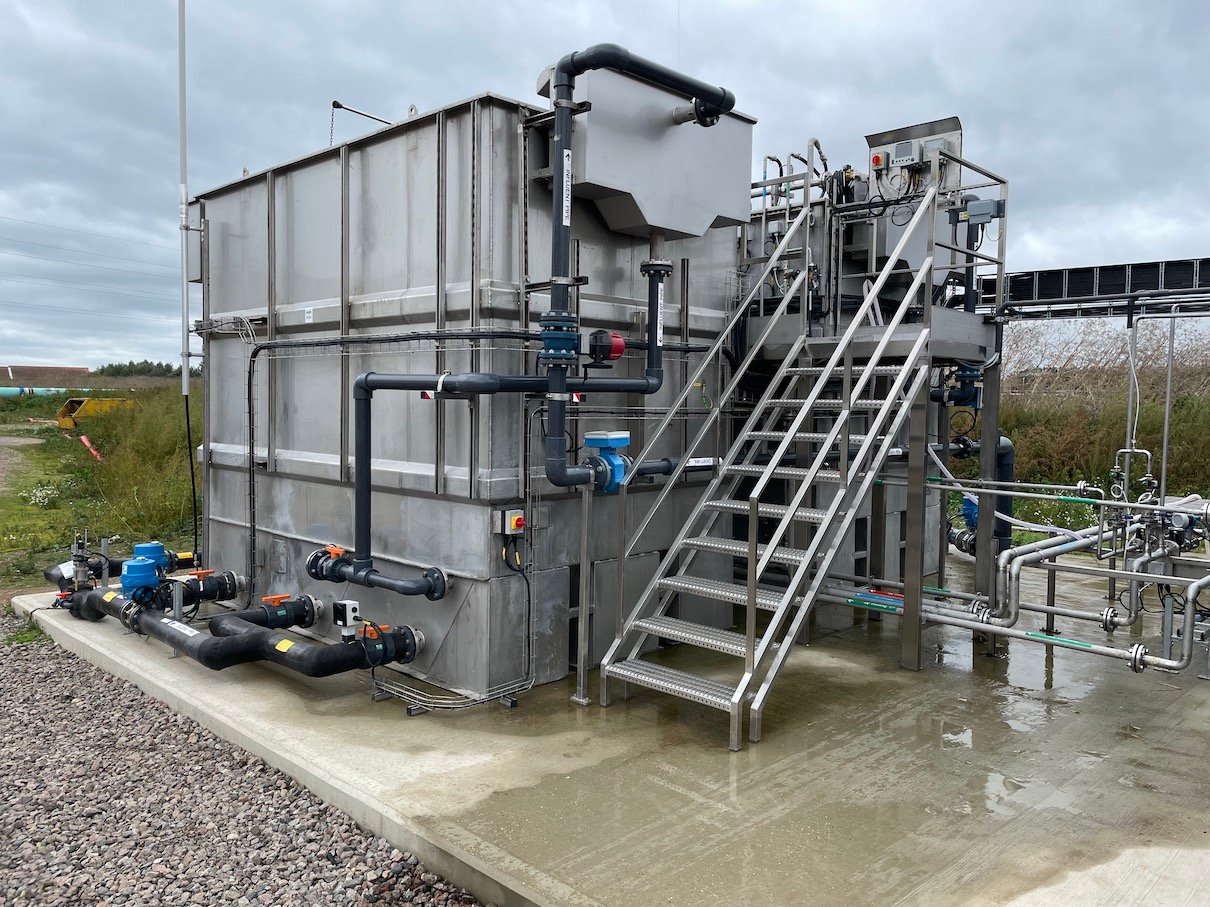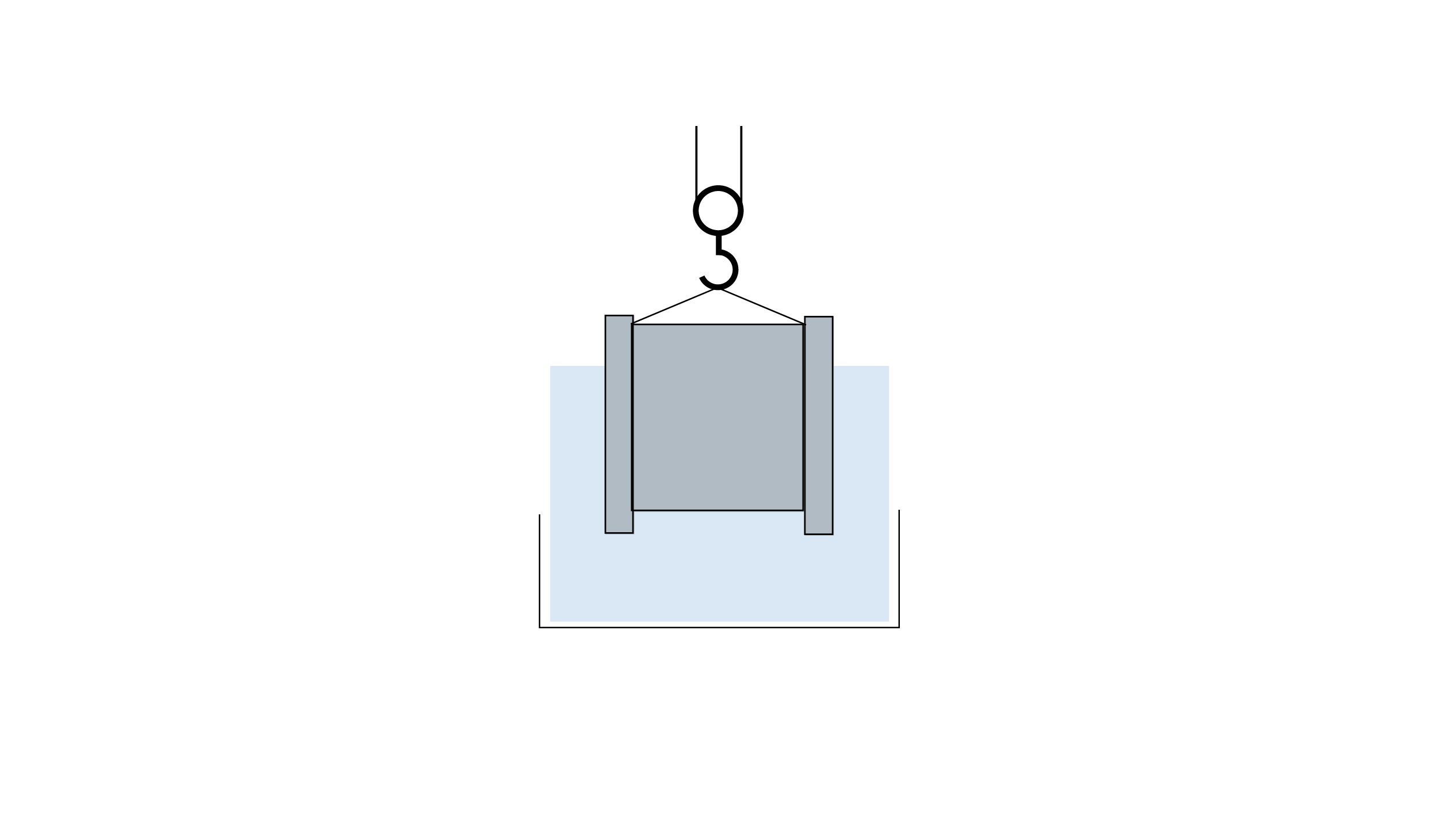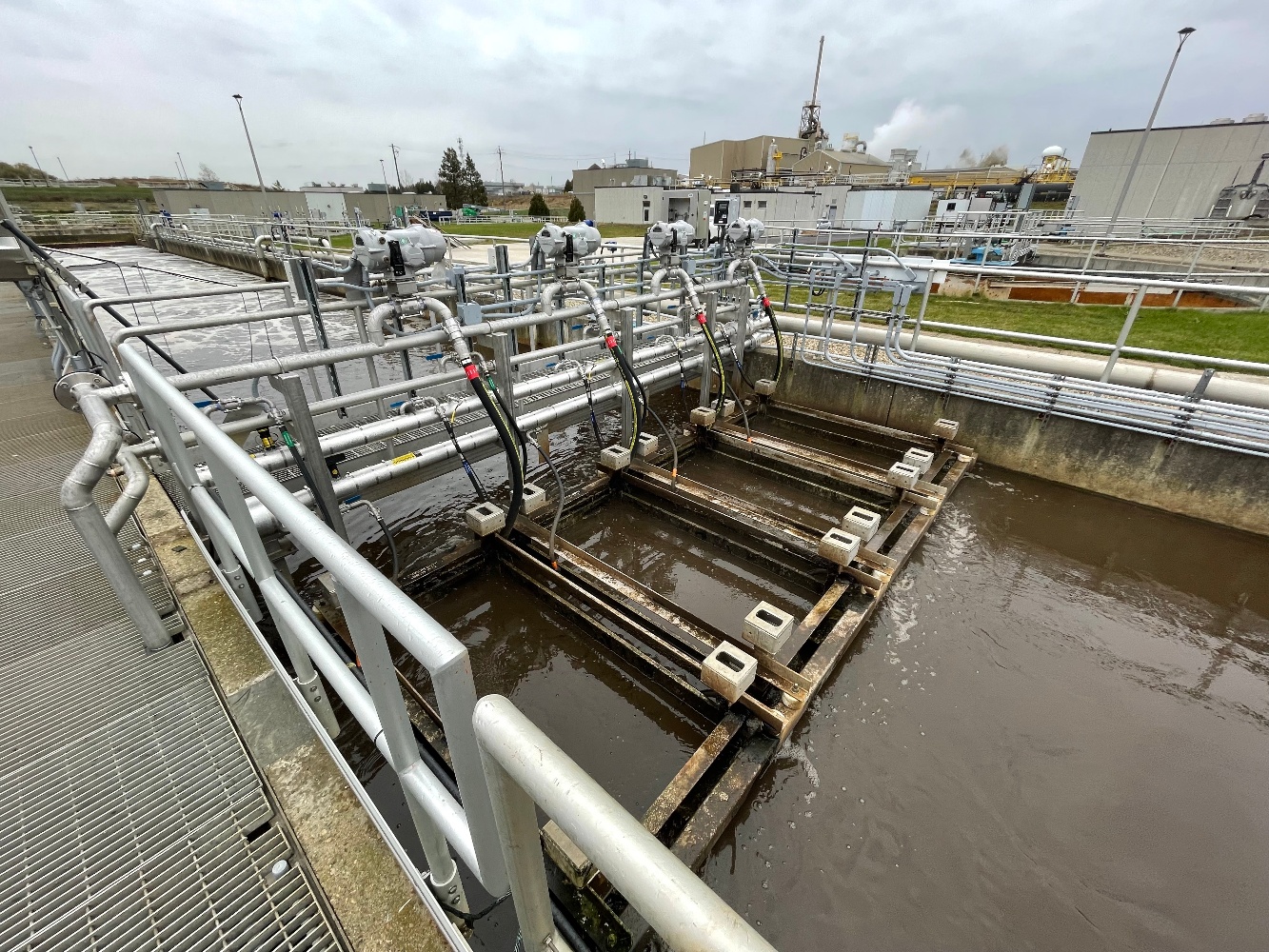What Should You Do With Ageing Wastewater Infrastructure?
Repair or replace?
The question that faces all operators of wastewater treatment facilities at some point. Ageing wastewater infrastructure is challenging treatment processes to their limits, forcing operators to make the difficult decision between refurbishing older infrastructure or replacing with a new technology.
Evaluation is key. Once a proper evaluation of the existing infrastructure has been completed, the process of determining whether refurbishment is a viable option, or replacement of the technology is necessary, can begin. There are several factors that impact this decision and each plant must be evaluated on a case-by-case basis. Some factors to be considered include:
- Condition of the existing structure;
- Capital costs of a replacement versus new structure;
- Availability of space;
- Impact to ongoing plant operations;
- The age of existing equipment; and
- The required operational life of a rehabilitated versus new structure.
Condition of the existing infrastructure
This is a critical element in the determination of whether the infrastructure can be refurbished or requires replacement. In cases where the equipment does not display any major depreciation past wear and tear, a careful analysis of other factors should be performed to determine the best course of action. With many facilities operating beyond their design life, even if the existing technology is able to be repaired, it may make more sense for it to be replaced.
Capital cost of a replacement versus new infrastructure
Due to reduced funding for water infrastructure projects, plant managers must make difficult decisions regarding the use of limited capital funds. Sometimes, a less expensive refurbishment option for an aging structure is chosen due to the lack of adequate funding for full replacements.
Refurbishing existing process equipment may seem like an efficient use of capital funds but the infrastructure itself may be considered obsolete due to technological advances in treatment technologies. In these situations, the decision maker may determine that a more efficient solution can provide long-term cost and energy savings, even at a greater initial capital cost.
Availability of space
Stricter discharge regulations specify that wastewater treatment plants must reduce effluent nutrient concentrations to certain safe levels. To make the modifications necessary to legacy infrastructure it would usually require an expansion of your physical plant. Similarly, replacement with new structures may also demand a footprint that outstrips available land.
Expansion of treatment capacity with the progressive use of modern technologies which depend on membranes to increase surface area is a possible solution here. Due to the small footprint of these systems, upgrades don’t require additional space and in some cases can be retrofitted into existing systems.
Impact to ongoing plant operations
Consideration must be given to the amount of ‘downtime’ that might have to occur during the construction of new wastewater infrastructure. It may be advantageous to analyse how long it will take to have a smooth transition from one technology to the next. In some cases maintaining the operation of the existing elements until the new technology is complete and live is an option. ‘Plug & Play’ technologies which can be retrofitted into existing systems are ideal in this situation as they would minimise practically all disruptions to plant operations.
The required operational life of replacement versus new structure
At some point you have to call a halt to refurbishment and the absolute age of the existing infrastructure must be taken into consideration. After an aging technology has repeatedly been repaired, a diminishing rate of marginal return in the extended operational life will be experienced. While a structure may be able to be repaired to achieve a short term extension on its useful life, it may be more effective to invest in a system with a long term operational life instead.







